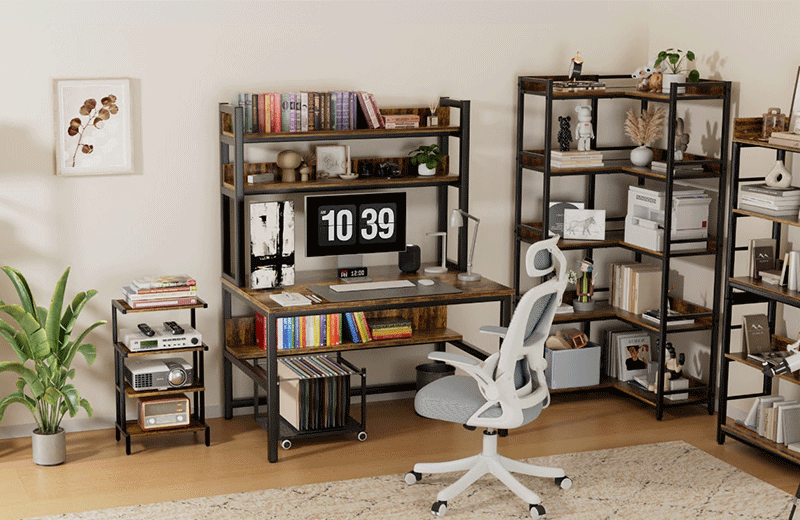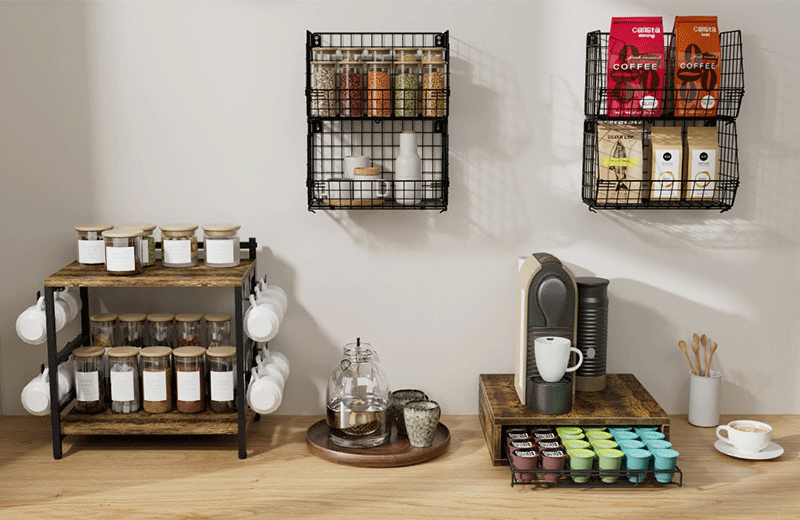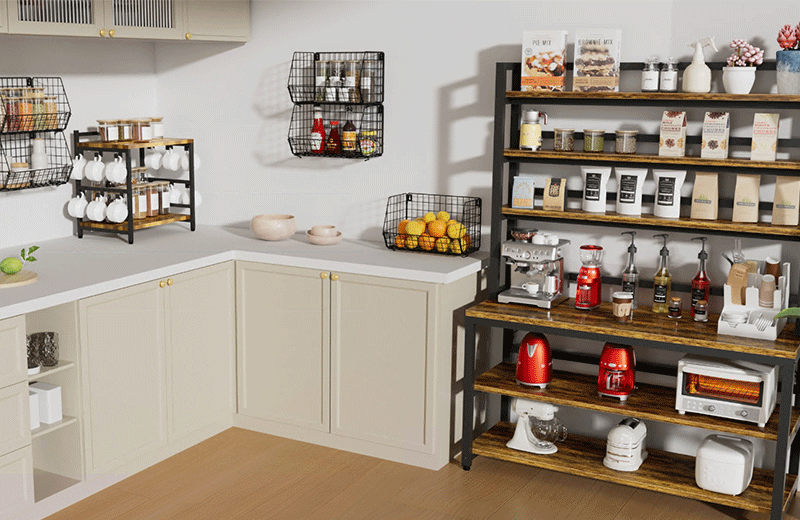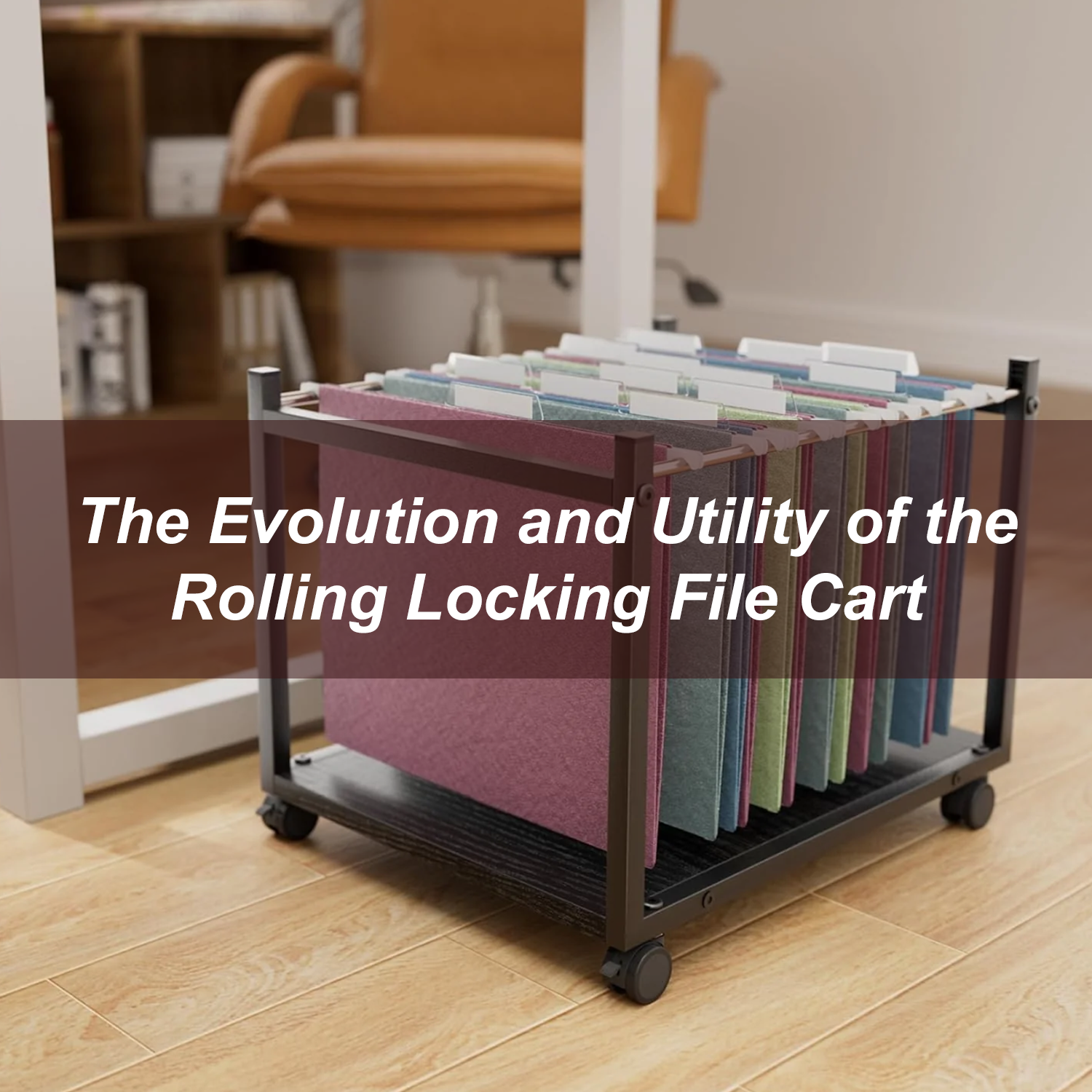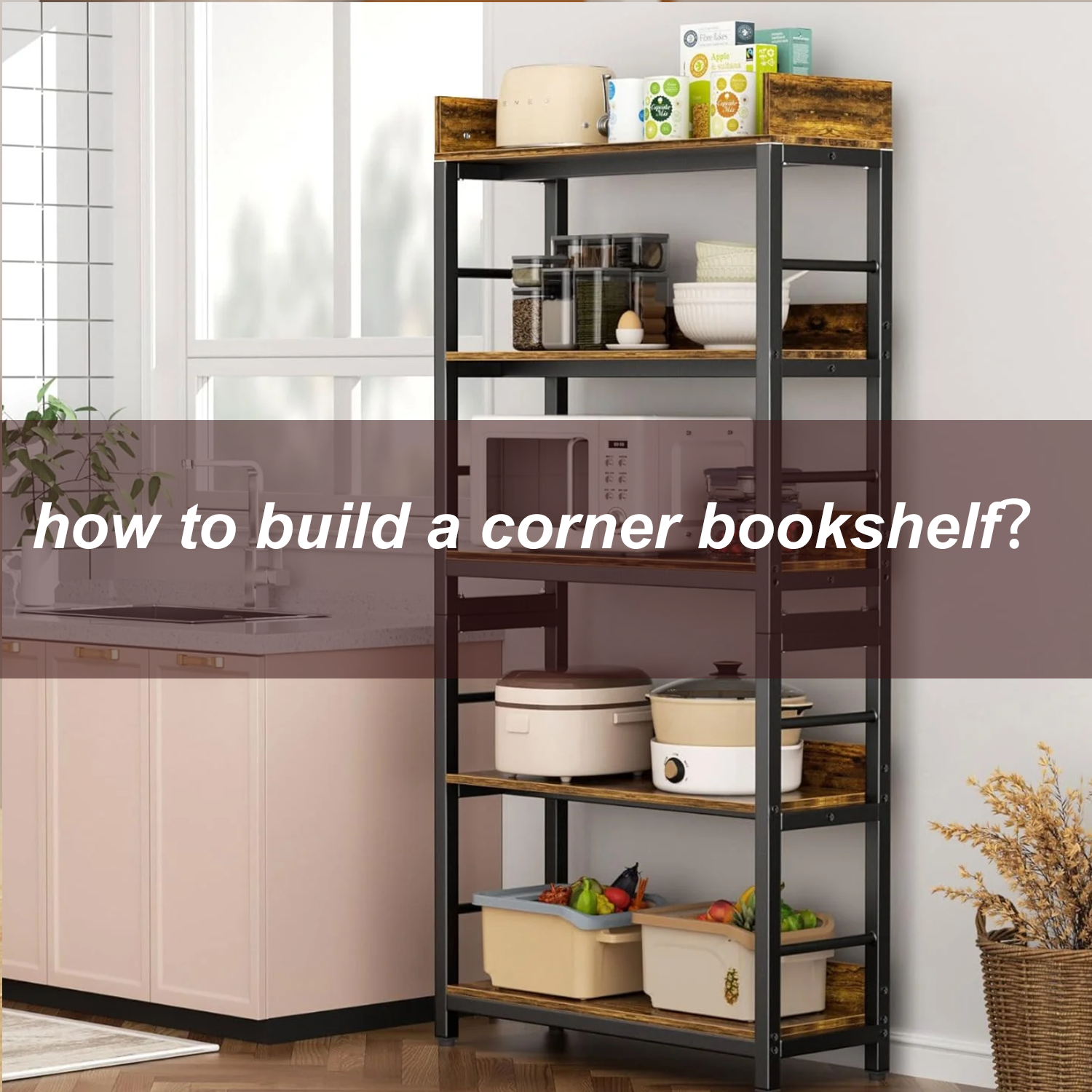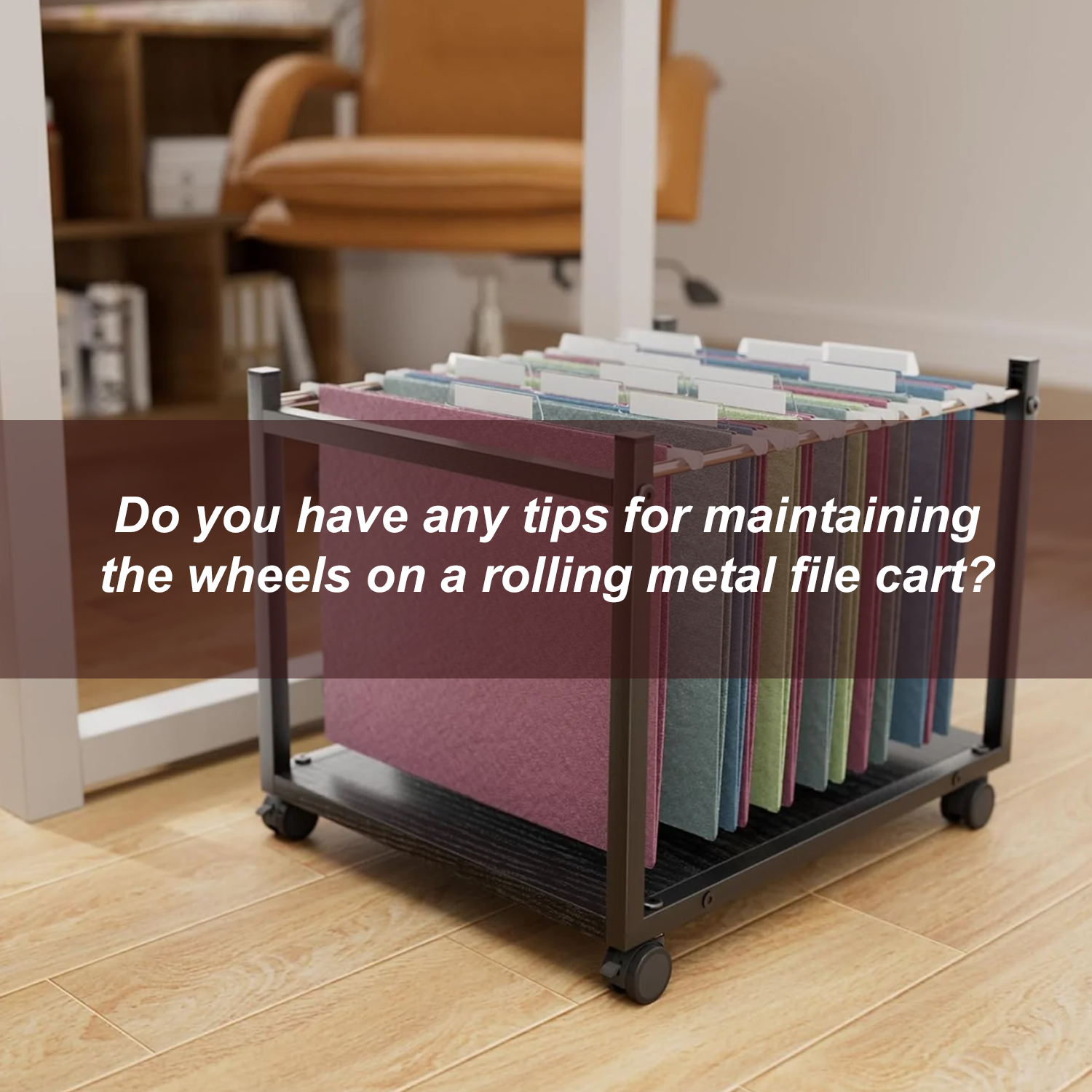In today's fast-paced office environments, efficiency is paramount. One tool that has evolved over time to meet the demands for improved organization and mobility in document management is the rolling locking file cart. This seemingly simple piece of equipment plays a crucial role in modern offices, hospitals, libraries, and various other settings where files and documents need to be stored securely and accessed conveniently.
The rolling locking file cart is designed with practicality in mind. It features drawers or compartments that are specifically sized to accommodate standard file folders, ensuring that documents can be stored neatly and systematically. The mobility provided by the wheels allows users to transport files from one location to another effortlessly, enhancing workflow flexibility. Meanwhile, the locking mechanism provides an added layer of security, protecting sensitive information from unauthorized access.
Historically, filing systems were static, often bulky, and limited to fixed locations within buildings. As businesses grew and the volume of documentation increased, the need for a more versatile solution became apparent. The introduction of the rolling locking file cart addressed these issues by combining portability with secure storage, thereby revolutionizing how organizations manage their paper-based records.
One of the most significant advantages of this type of file cart is its adaptability to different spaces. In smaller offices, it can serve as a central repository for all important documents, while in larger institutions, multiple carts can be assigned to specific departments or teams. Its compact design makes it suitable even for tight quarters, such as medical examination rooms or classroom prep areas, where space optimization is essential.
Moreover, the rolling locking file cart supports a variety of work styles. For instance, in collaborative projects, team members can roll the cart to a meeting area, instantly sharing necessary documents without the hassle of transporting individual files. In customer service scenarios, employees can bring the cart directly to clients, providing immediate access to account information or case files. This not only streamlines processes but also improves the overall customer experience.
From a security standpoint, the inclusion of locks on the cart ensures that confidential data remains protected when not in use. This is especially critical in industries such as healthcare and finance, which are governed by strict privacy regulations. The ability to lock the contents away also helps prevent misplacement of files, reducing the risk of errors and lost productivity.
However, like any tool, the rolling locking file cart comes with its set of challenges. Over time, the wheels may wear out, affecting the ease of movement, and the locking mechanisms can become less reliable if not properly maintained. Additionally, while the cart is highly mobile, there is a limit to the weight it can support, which could restrict the amount of material that can be stored on it at once.
As technology advances, we see a trend towards digital document management, yet the rolling locking file cart continues to hold its ground. Despite the shift towards electronic formats, many industries still rely heavily on physical paperwork. The cart bridges the gap between traditional and modern practices, offering a hybrid approach that caters to both those who prefer tangible documents and those who value the convenience of digital solutions.
In conclusion, the rolling locking file cart is more than just a storage container; it represents a bridge between past and present document management techniques. By integrating mobility, security, and efficiency into its design, it has proven indispensable across a wide range of sectors. As long as there is a need for organized, portable, and secure storage of physical files, the rolling locking file cart will remain a vital component of office furniture and organizational tools.

